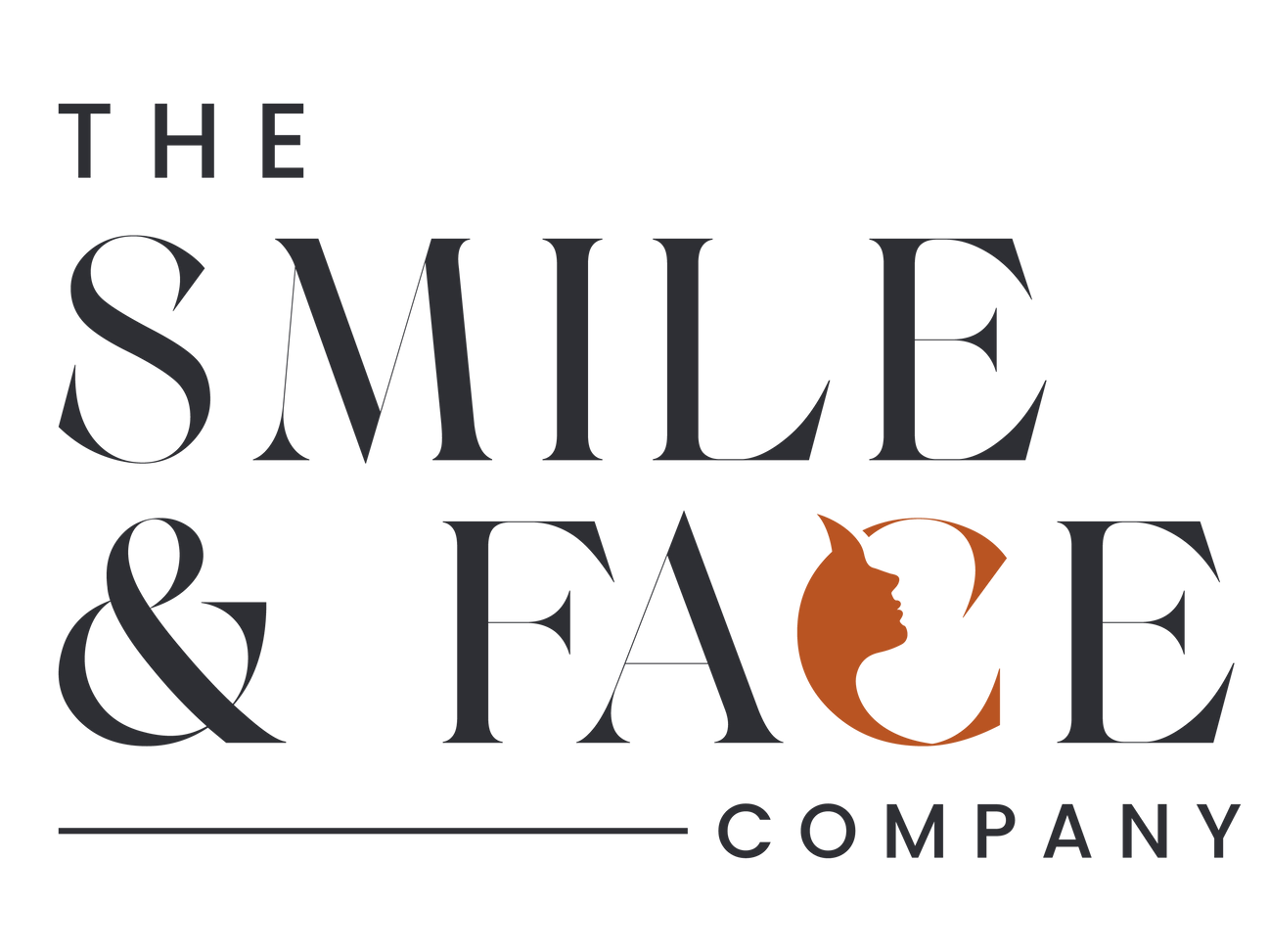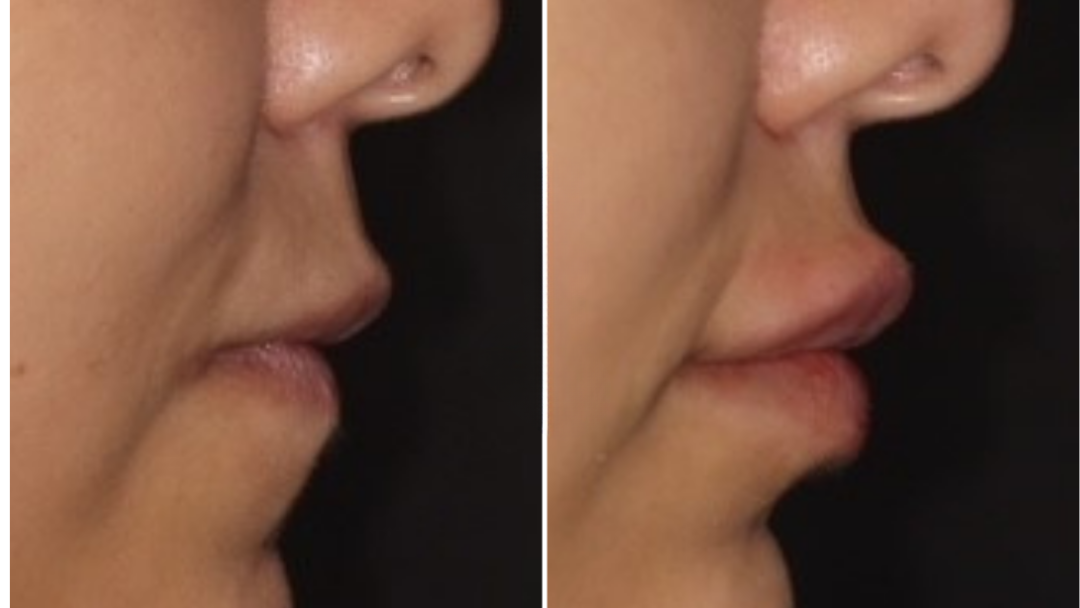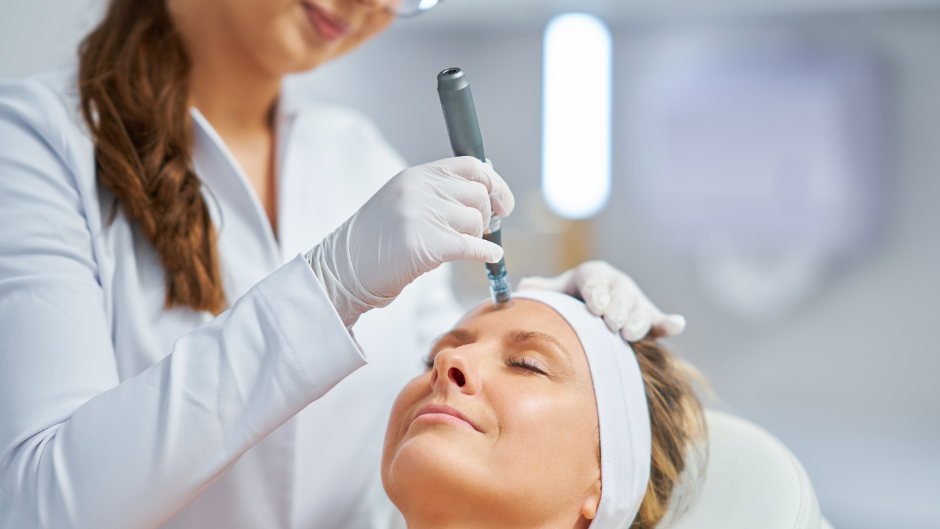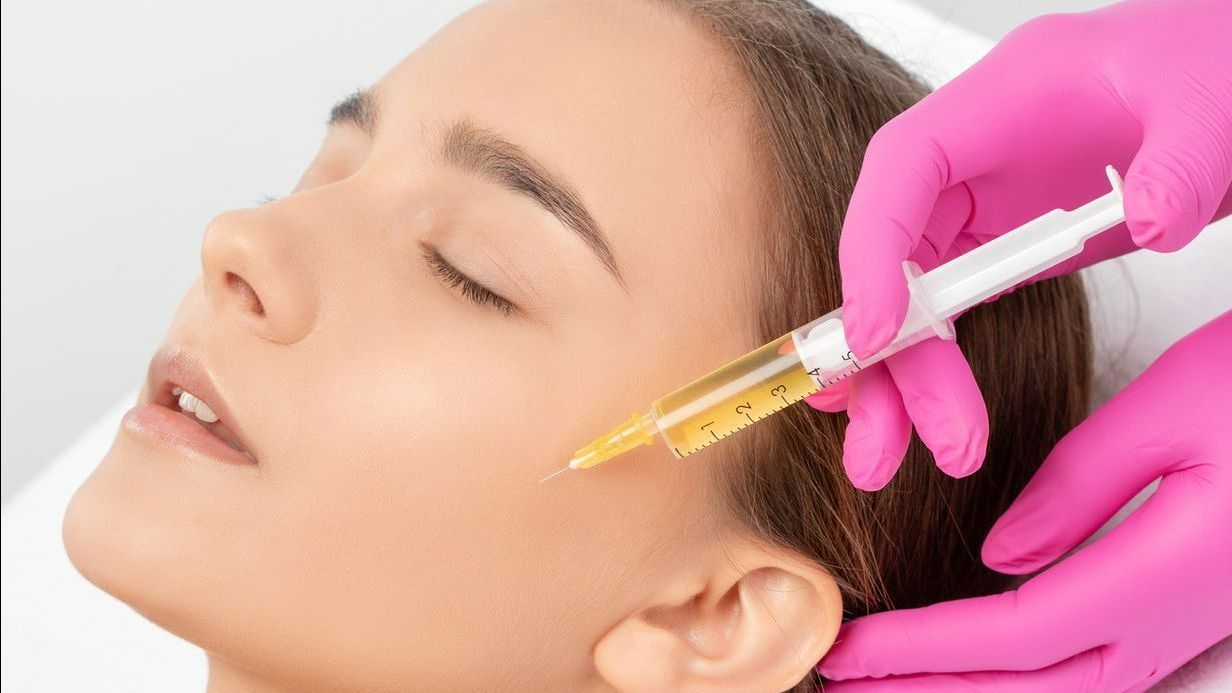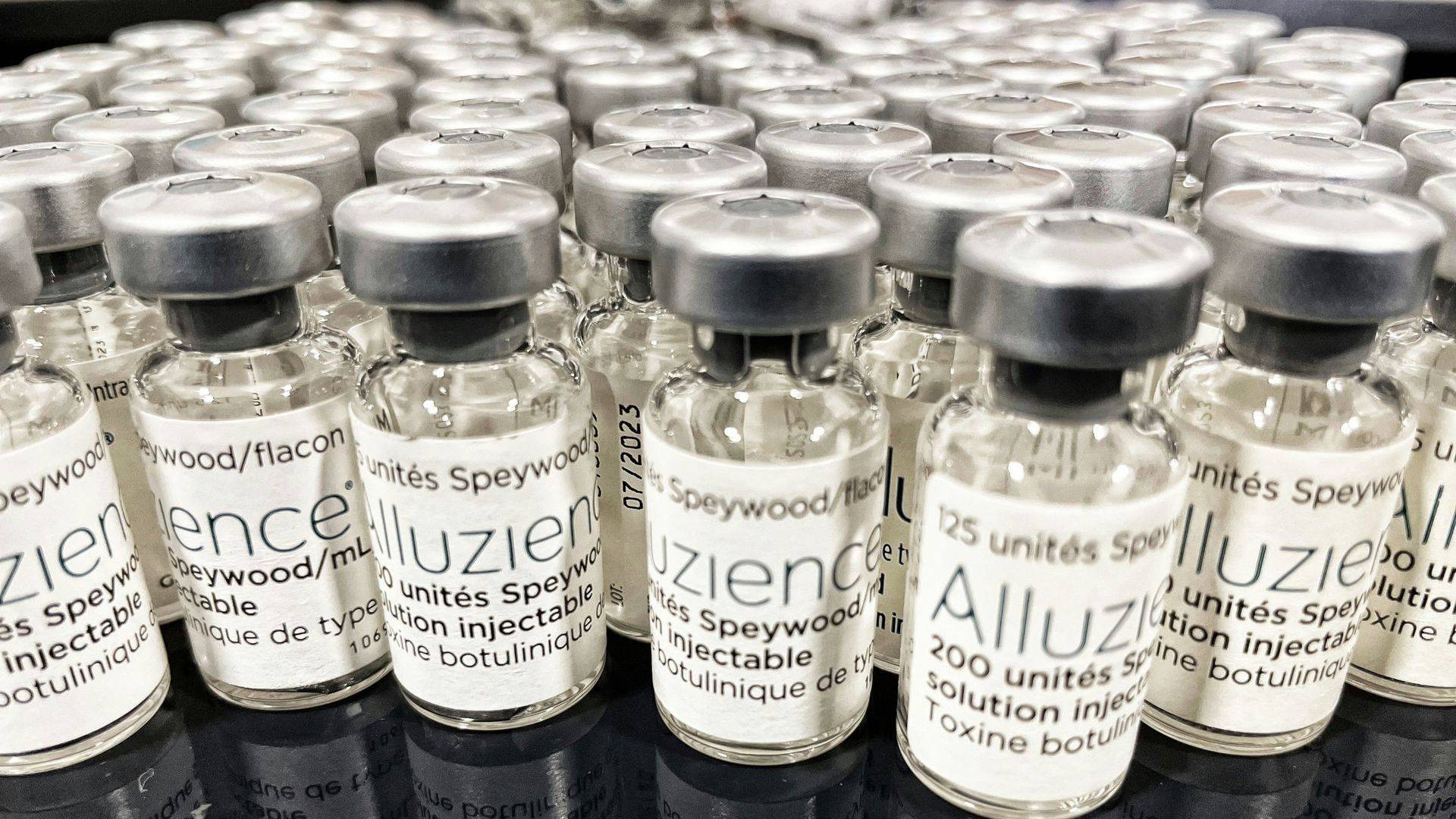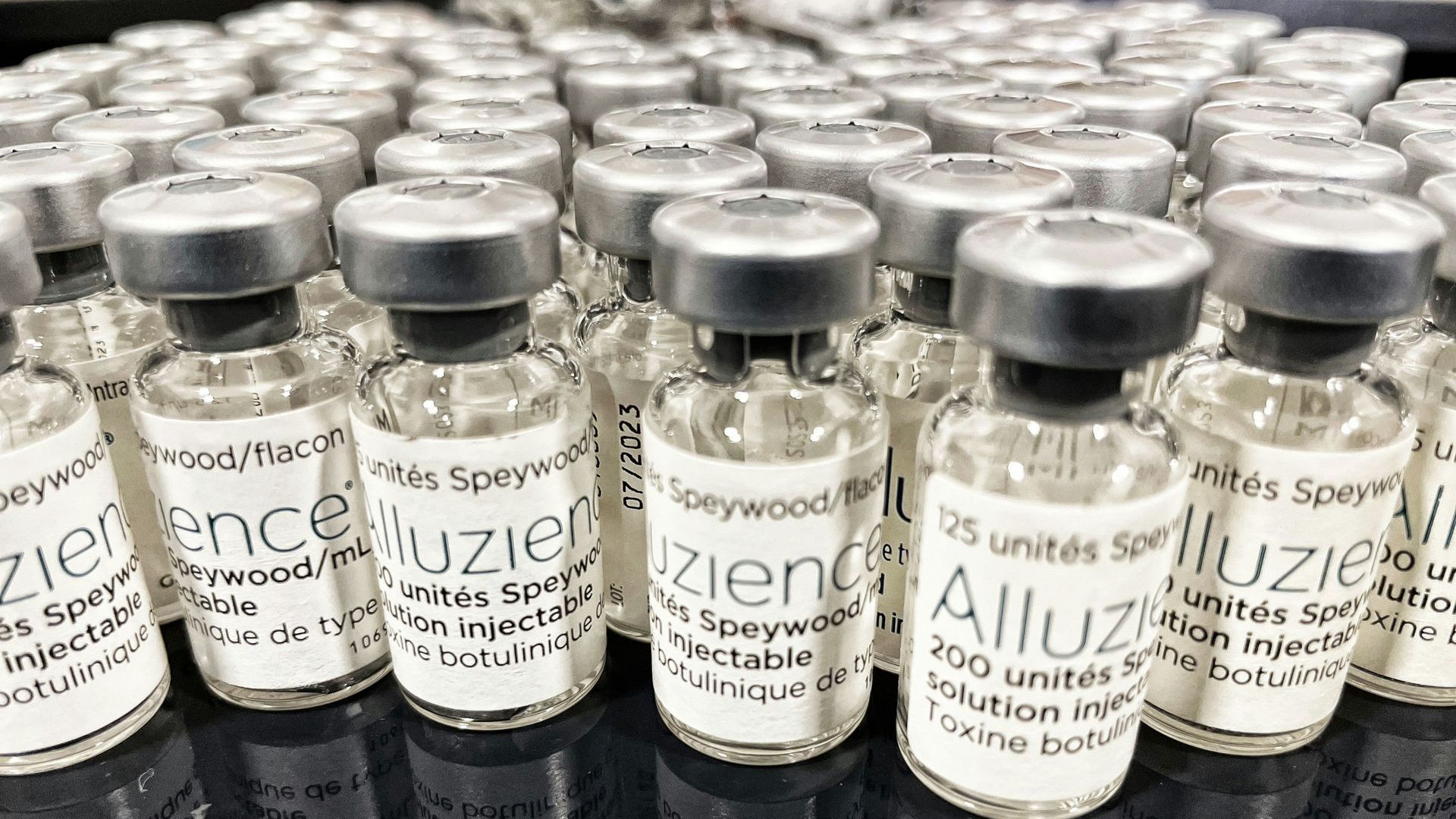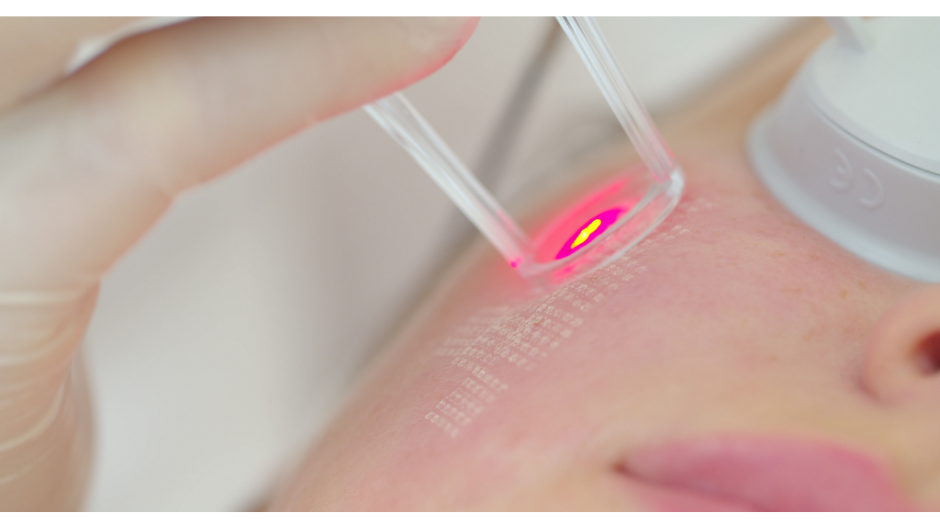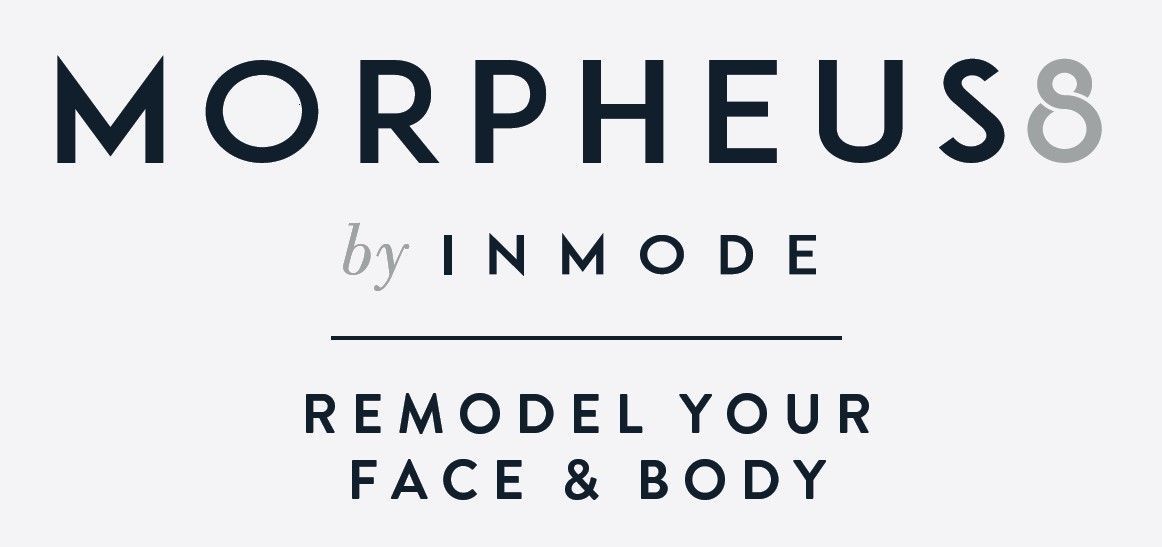What is better, PRF or PRP?
Jackson Smith • August 6, 2024
What is better, PRF or PRP?
When considering PRP (platelet-rich plasma) and PRF (platelet-rich fibrin) treatments, it's important to understand their similarities and differences. Both treatments use growth factors from your own blood to stimulate skin rejuvenation and repair. Popularly known as vampire facials, these treatments have key differences that may influence your choice.
What are PRP and PRF?
PRP and PRF are derived from your blood and are rich in platelets, white blood cells, and fibrin (in the case of PRF). They help stimulate collagen, elastin, and new skin cell production. Both are effective for treating fine lines, wrinkles, improving skin tone and texture, and fading dark spots.
How Do They Work?
Both PRP and PRF kickstart new cell growth and collagen production by activating the platelets in your blood. This process creates new skin cells, collagen, elastin, and blood vessels, resulting in firmer, plumper skin and reduced fine lines and dark spots.
What's the Difference?
Collection Method:
PRP involves spinning your blood in a centrifuge at high speed, which separates the plasma layer completely. PRF, however, is spun at a lower speed, retaining some white blood cells, stem cells, and fibrin in the platelet layer. PRF contains approximately 10 times the platelet concentration found in the body, compared to 2-5 times in PRP.
Anticoagulants:
PRP treatments include anticoagulants to prevent blood clotting during injection, while PRF does not. This results in a spongy fibrin matrix in PRF that releases growth factors slowly, leading to more robust, longer-lasting results.
Usage:
PRP is typically used for facial or microneedling sessions, while PRF is used like a filler due to its ability to build volume in the skin.
Which Treatment is Right for Me?
PRP
is ideal for uneven skin tone, hyperpigmentation, acne scars, or fine lines and wrinkles. It improves skin texture and reduces scarring and dark spots within a month. PRP requires 3-4 treatments, 4 weeks apart for optimal results. However, it is less effective on deep wrinkles or hollows.
PRF
is suitable for deeper wrinkles, hollows, or more advanced signs of aging. It acts as a natural filler, effectively building volume. Results are noticeable 2-3 weeks after treatment, with significant improvements by 4-6 weeks. PRF typically requires at least 2 treatments, 6 months apart.
Both treatments are safe with a low risk of adverse reactions. However, if you have a blood or bleeding disorder or are on anti-clotting or blood-thinning medications, you are not a suitable candidate for these treatments.
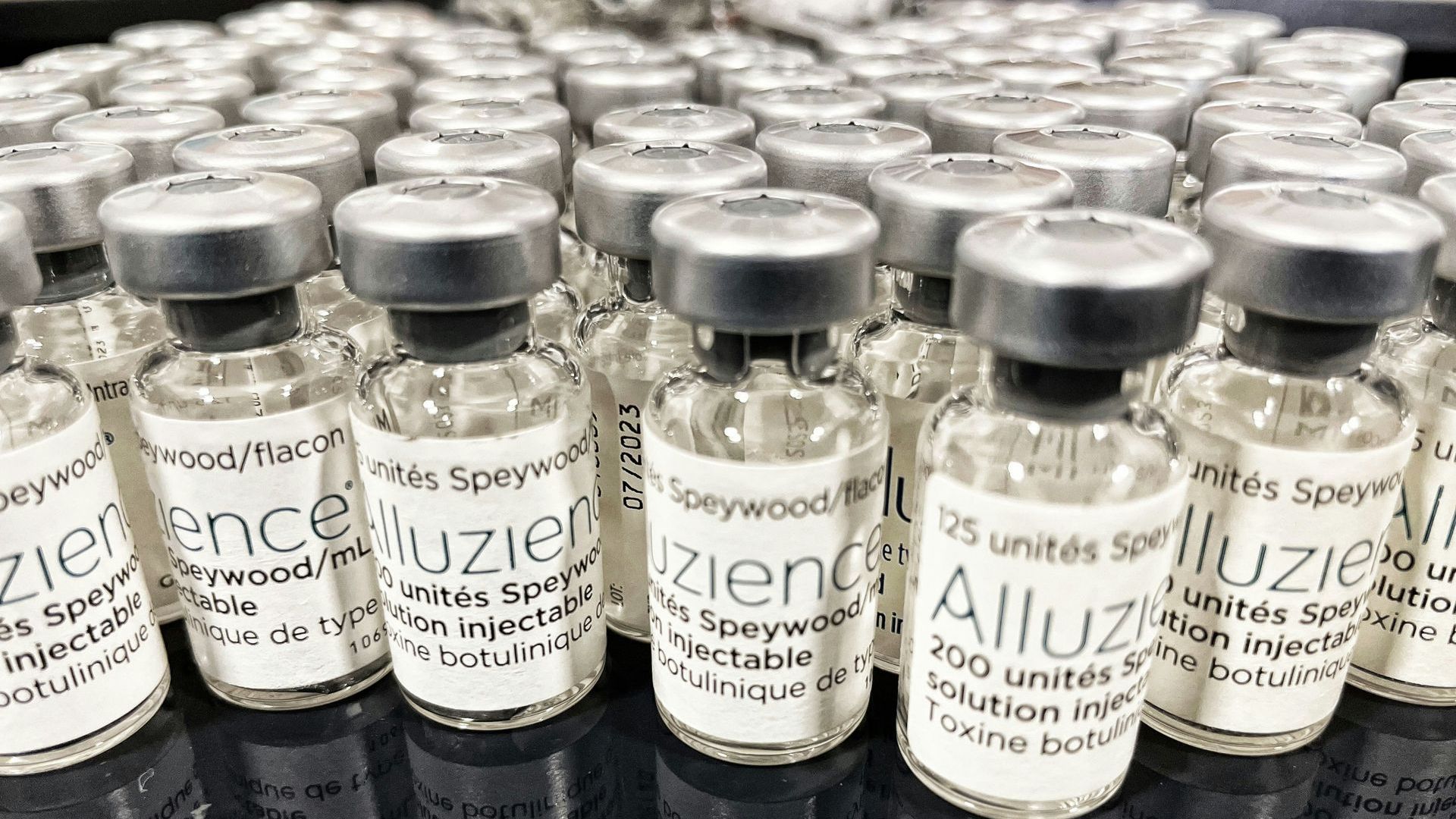
About Dysport: Dysport is a noninvasive wrinkle treatment that uses botulinum toxin to relax targeted muscles, smoothing the skin and preventing wrinkles from deepening. Primarily used for glabellar lines (frown lines between the eyebrows), it’s effective for moderate to severe cases in adults under 65. Results can appear in a few days and last several months. Cost of Dysport: The average cost of Dysport ranges between $300 and $400 per session. Factors influencing the cost include the number of injections needed, the provider's experience, and the clinic’s location. Dysport is not covered by medical insurance for cosmetic purposes but may be for certain medical conditions like muscle spasticity. Safety: While Dysport is generally safe, temporary side effects such as headaches, pain at the injection site, and inflammation can occur. Rare, more severe side effects include nausea, eyelid drooping, and muscle weakness. Dysport carries a risk of spreading to other parts of the body, which can cause muscle spasms. Convenience: Dysport injections are performed in your doctor’s office, with no recovery time required. You can resume normal activities immediately but should avoid exercise for a few hours post-procedure. Efficacy: Dysport has been found to be over 80% effective for temporary wrinkle treatment. Results are visible within a few days and can last up to four months. Follow-up sessions are needed to maintain the effects. What to Expect: After Dysport injections, you can return home immediately. Results may appear as soon as two days post-treatment and can last up to four months. Avoid rubbing the injection site and wait at least two hours before exercising. Comparison with Botox: Both Dysport and Botox are forms of botulinum toxin but have some differences Target Areas: Dysport is mainly for glabellar lines, while Botox targets crow’s feet, frown lines, and laugh lines. Procedure: Dysport is injected in at least five spots between the eyebrows, while Botox is injected around the eyes, forehead, and mouth. Cost: Both cost about $325 to $425 on average. Safety and Side Effects: Both are FDA-approved with minor side effects, though Botox has been approved since 2002, seven years earlier than Dysport. Recovery: Both treatments require little to no recovery time. Efficacy: Dysport results last up to four months, while Botox can last up to six months. Why Choose The Smile and Face Company for Dysport Treatment: The Smile and Face Company offers professional and experienced care tailored to your needs. Our integrated medical resources and diverse treatment options ensure you receive the best possible care. Schedule a free consultation today to see if Dysport is right for you.
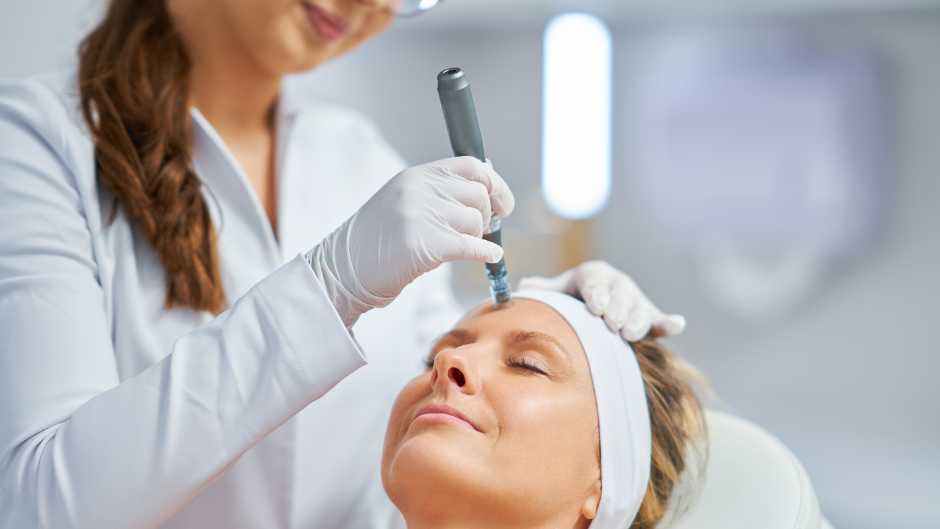
Microneedling has gained popularity as an effective skin rejuvenation treatment. However, the cost can vary widely. Here's what you need to know about the pricing and factors affecting it. Average Microneedling Cost The cost of microneedling typically ranges between $100 and $600 per session. This significant variation is due to several influencing factors that we’ll explore below. Factors That Influence Microneedling Costs Treatment Area Size: Larger treatment areas cost more. If you're treating a bigger section of your face or body, expect a higher price. Addition of PRP: Microneedling with Platelet-Rich Plasma (PRP) enhances results but incurs an additional fee. PRP involves using your blood's growth factors to boost skin healing and rejuvenation. Clinic Location: Prices vary by region. Clinics in urban or high-cost areas may charge more than those in smaller towns. Provider’s Experience: More experienced and highly qualified practitioners may charge higher fees due to their expertise. Clinic Facilities: Advanced facilities with state-of-the-art equipment might have higher prices compared to basic setups. Am I a Candidate for Microneedling? Microneedling suits individuals with concerns like uneven skin texture, scarring, acne, large pores, or fine lines. It's effective for all skin types and can be applied to the face, back, arms, and abdomen. A consultation is essential to assess your suitability and set realistic expectations. Understanding the factors that influence microneedling costs helps in making an informed decision. Whether you’re treating small or large areas, considering PRP, or choosing a highly experienced provider, these elements will shape your final cost. At The Smile and Face Company, we ensure a thorough consultation to tailor the treatment to your needs and budget. Contact us today to schedule your consultation and take the first step towards rejuvenated skin!
